Blog
- Asteroids
- Blog
- Comets
- DSO
- Eclipse
- Galaxies
- Globular Clusters
- Nebula
- Northern Lights
- Open Cluster
- Planets
- Solar Imaging
- Solar System
- Stellarium
- Supernova
- Tutorials
- Video
- YouTube
- All
-
Sort by:
- Date
- Title
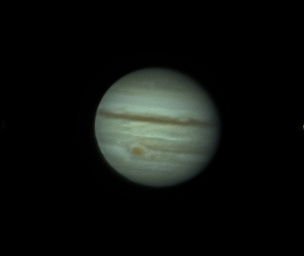
My first planetary images of the season
I had to stay up until 3am, but at last I was finally able to capture my first planetary images for the season!
Seeing was brutal for the most part of the night, with some low clouds that were disturbing my imaging session. I stayed up until 3am and in the last few minutes the atmospheric turbulence improved.
Notably, I visually saw a very bright passage of the ISS (International Space Station) at 10:44 pm EDT.
Around midnight a neighbour saw me and my telescope in my backyard and decided to join me and watch Saturn together!
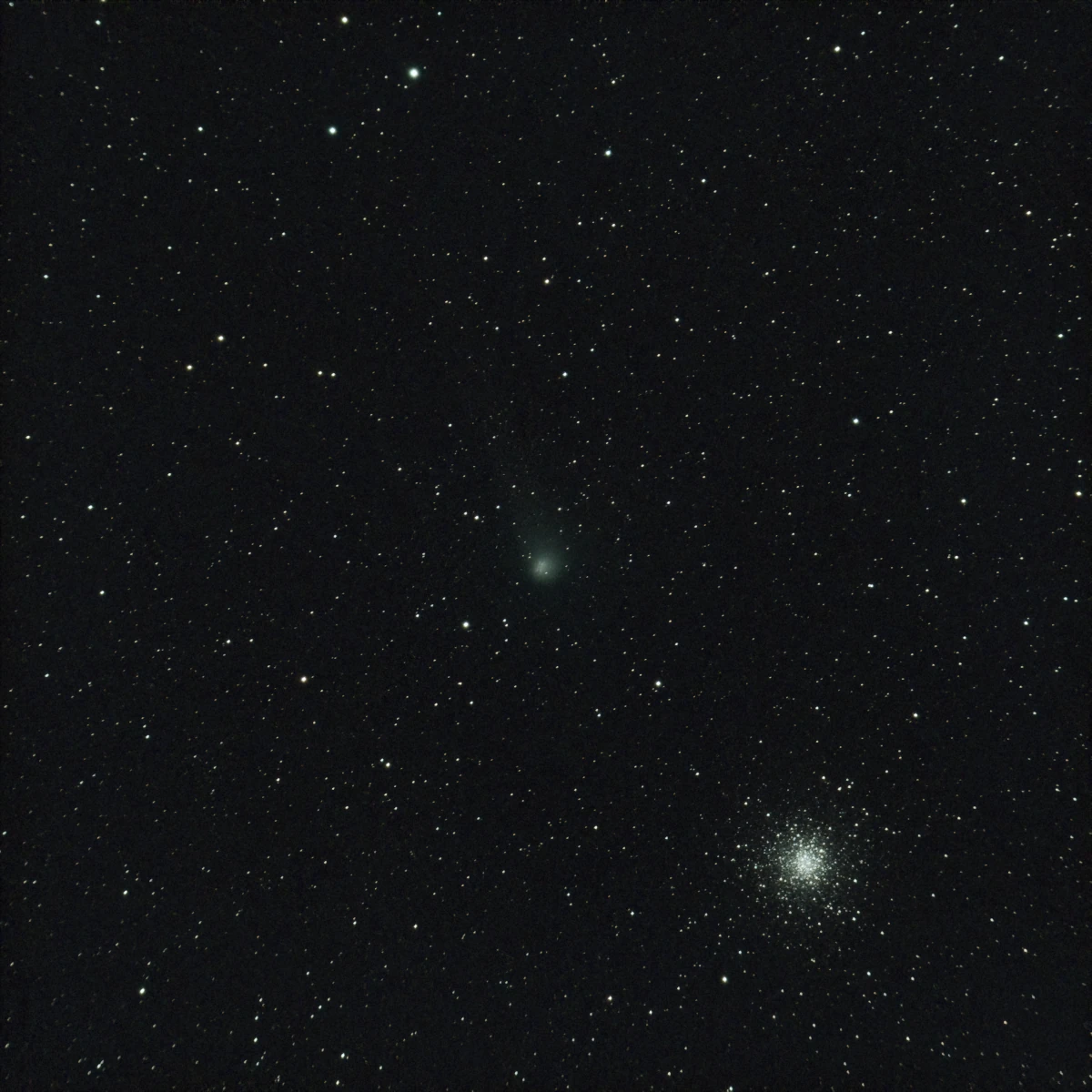
A bright comet meets a globular cluster
July 14, 2022: the comet C/2017 K2 (PANSTARRS) shared the field of view with the globular cluster M10 in Ophiucus and I captured them from my driveway!
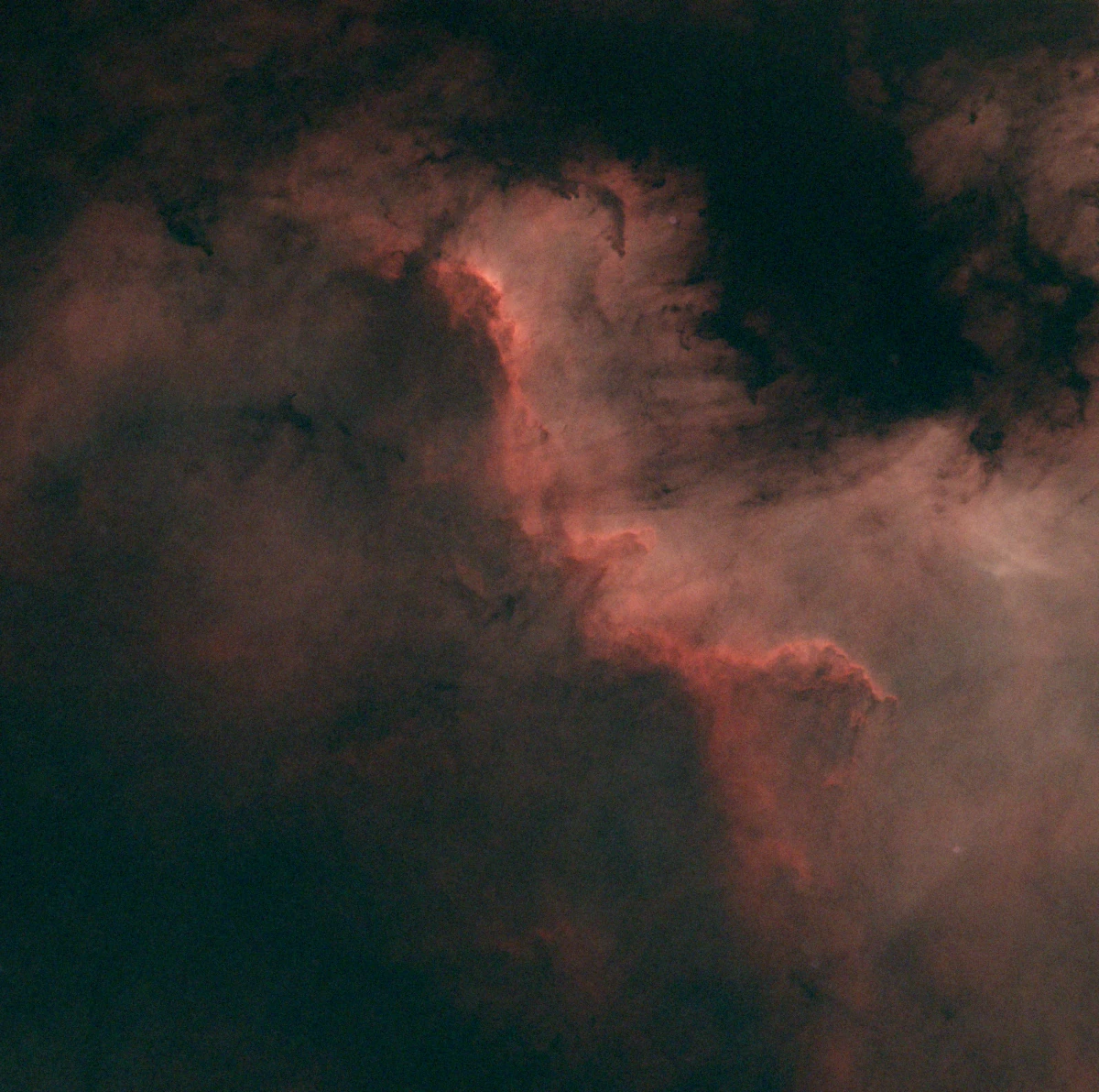
The North America Nebula with (and without) stars
The night of July 9, 2022 I had great imaging session with the North America Nebula (NGC 7000) in Cygnus. This is a bright emission nebula, close to Deneb (the brightest star in Cygnus).
With enhanced polar alignment and a firmware upgrade of my electronic focuser I was also able to dramatically improve the autofocus routine for a better image quality.
Last but not least, for the first time I used the Starnet v2 module for PixInsight and I created a “starless” image. I found it that Starnet is a cool add-on which can increase the details of nebulae.
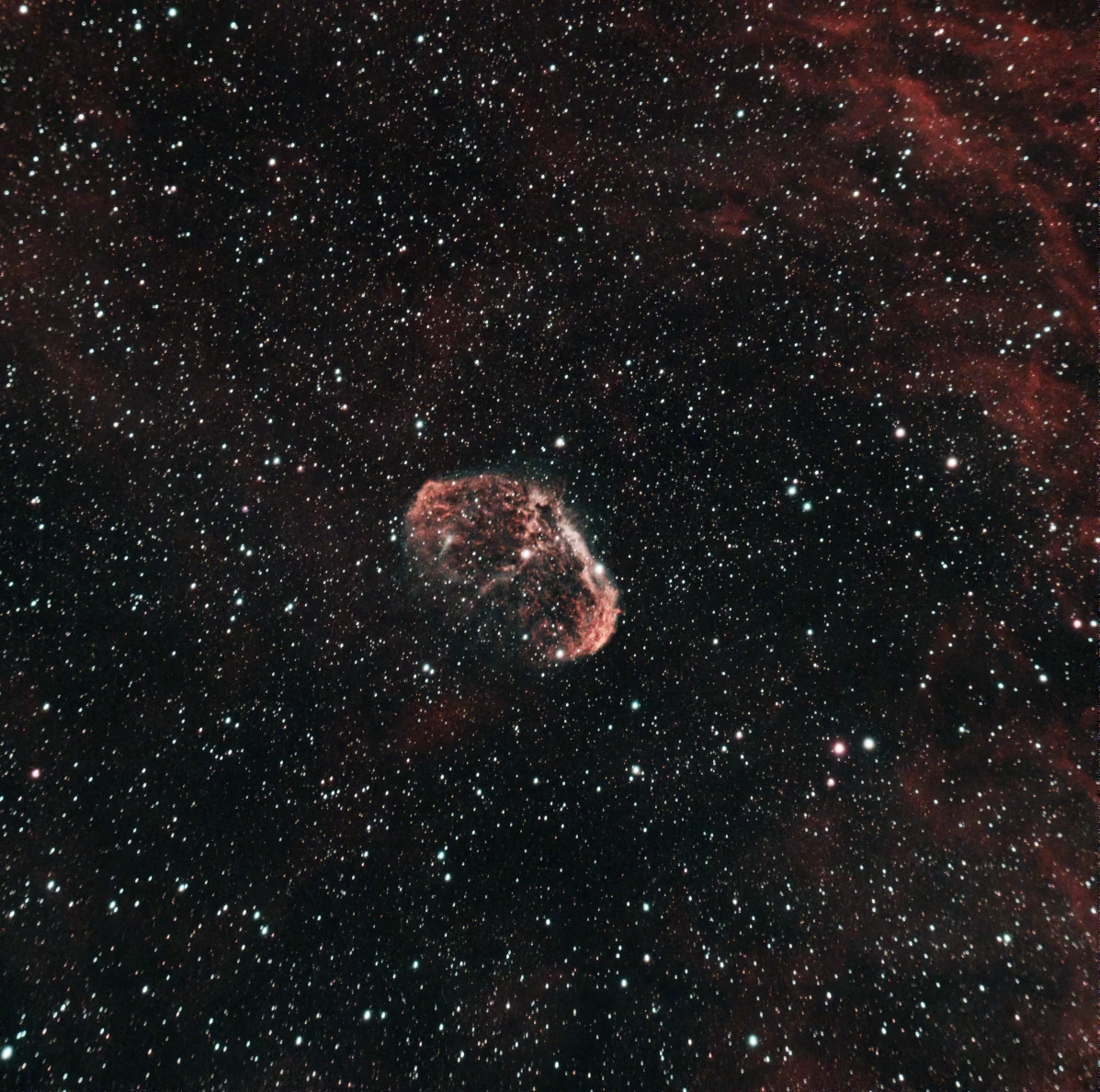
The Crescent Nebula in Cygnus
I captured the Crescent Nebula, a beautiful emission nebula in the constellation Cygnus.
From Wikipedia: The Crescent Nebula (also known as NGC 6888, Caldwell 27, Sharpless 105) is an emission nebula in the constellation Cygnus, about 5000 light-years away from Earth, which was discovered by William Herschel in 1792. It is formed by the fast stellar wind from the Wolf-Rayet star WR 136 (HD 192163) colliding with and energizing the slower moving wind ejected by the star when it became a red giant around 250,000 to 400,000 years ago. The result of the collision is a shell and two shock waves, one moving outward and one moving inward. The inward moving shock wave heats the stellar wind to X-ray-emitting temperatures.
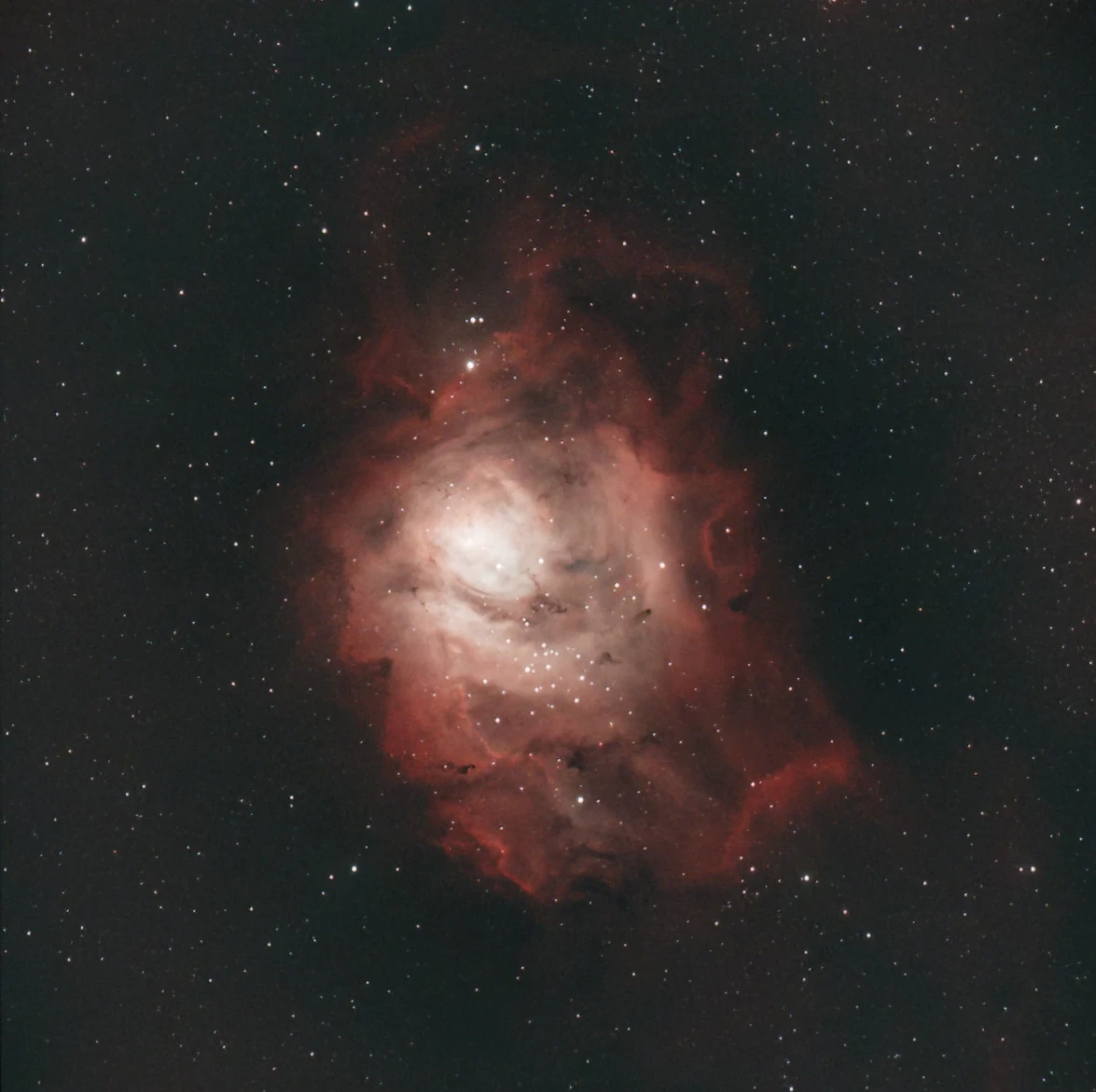
I imaged the Lagoon Nebula
M8, also known as the Lagoon Nebula, is a star-forming cloud of interstellar gas located in Sagittarius. Its distance is 5,200 light-years.
With this image of M8 taken on 2022-06-04 I will start sharing images of summer targets. More to come!
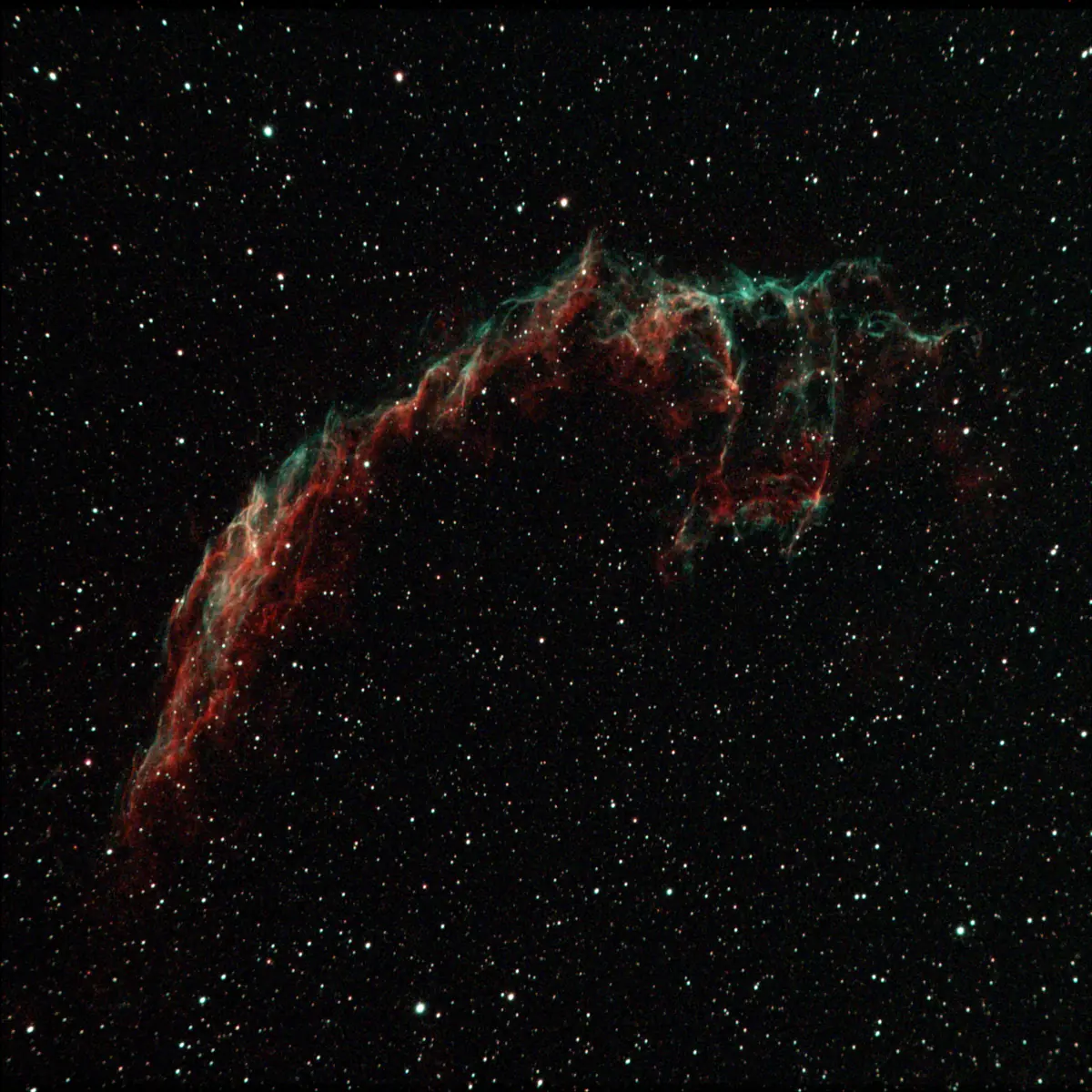
I imaged a beautiful supernova remnant
On the night of June 2, 2022 the sky was clear and I sailed through supernova remnants and globular clusters, until 3:30 AM!
My main target for the night was the Eastern Veil Nebula in Cygnus (NGC 6992), which is part of the Cygnus Loop, a supernova remnant. The supernova was a star 10-20 times more massive than our Sun, which exploded between 10,000 and 20,000 years ago. At the time of explosion, the supernova would have appeared brighter than Venus in the sky, and visible in daytime!